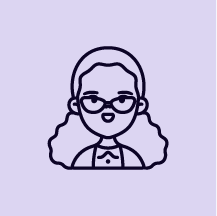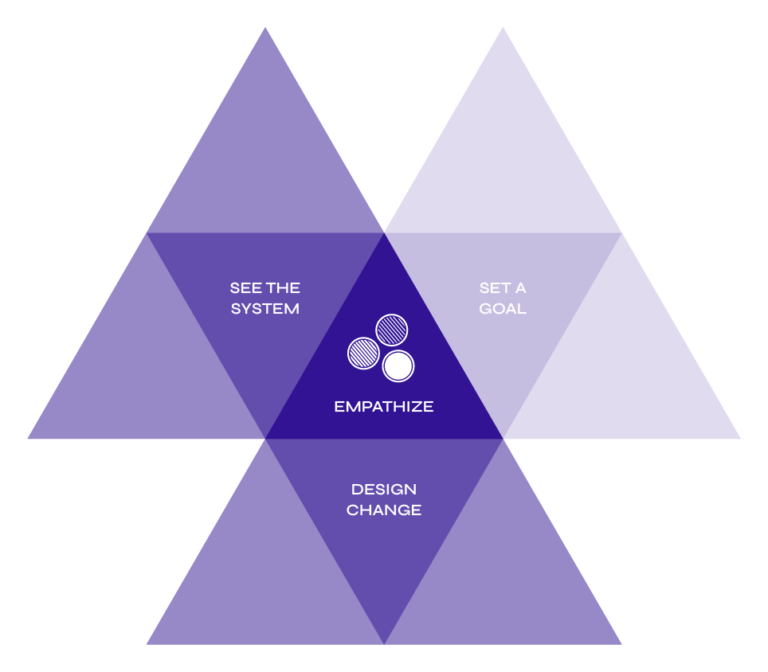Teachers use multiple feedback methods to center students’ perspectives and test changes to curriculum.


Baltimore City Public Schools knew that their middle school social studies curriculum was outdated. To revamp the curriculum, teacher fellows turned to students for help. Students said the new curriculum needed to have more relevant content, focus on relationships, and include opportunities for student voice in the classroom. The resulting BMore Me yearlong curriculum for 8th graders in Baltimore does just that.






In this case study, adults empathize with students in order to see the system and design change. Learn more about the student-powered improvement framework here.

To expand the successful BMore Me curriculum, teacher fellows used multiple methods to bring student perspectives to the design. Empathy interviews, surveys, and focus groups all informed the content and design of the experience.
Baltimore City Public Schools is committed to building structures that incorporate student voice and agency at the school and district levels. As one example, Teacher Fellows are expanding and testing an 8th grade United States history curriculum, BMore Me. Throughout the process, students’ perspectives are centered in order to ensure the curriculum is rich, rigorous, and relevant.
BMore Me is a student engagement and academic enrichment initiative in Baltimore City Public Schools that connects student learning to the rich history, legacy, and realities of Baltimore–and to students’ own identities and futures. Originally designed as a single unit of the social studies curriculum, students overwhelmingly said that one unit was not enough. “Students said over and over again that they wanted an expanded and real U.S. History curriculum that includes all voices,” said Christina Ross, Project Manager, Blueprint Initiatives. Thus, Baltimore City Public Schools embarked on a design project to turn BMore Me into a yearlong curriculum.
Unlike many curriculum development efforts, this effort centered student voice and tested new ideas with students. Teacher fellows were trained on methods like empathy interviews to see the system and generate ideas for the curriculum. Focus groups were another method to empathize with students. In small groups, students were asked to respond to prompts like, “Describe the most meaningful experience you have had in your social studies class” with follow-up questions such as, “Did you feel like your experiences, your culture, and your identity were represented in this class?” Fellows also combed through data from the PERTS student surveys, as another way to understand students’ sense of engagement and belonging.
Some of the main themes that emerged from student conversations were the need for relationships, feeling empowered by having a voice in the classroom, and relevance of content.
As teachers worked to incorporate these themes, they continued to engage students in testing their ideas through Plan-Do-Study-Act (PDSA) cycles. “We needed to learn from actually trying things with students. By doing that, we have a better idea what students need, what students respond to and how to make this more culturally responsive,” said Ross. Examples of ideas the Fellows tested with students include:
Student feedback about the implementation of these ideas was critical to the continued refinement of the curriculum design.
“We are capturing student voice in as many ways as we can,” said Christina Ross, Project Manager, Blueprint Initiatives. Teacher Fellows used multiple continuous improvement tools to continuously return to students and hear their needs and experiences. Their methods included empathy interviews, PERT surveys, and focus groups. “We have to continue to do more cycles to understand how the students experience these changes and make it even more community responsive,” said Ross. “And we have to continue to do it again and again next year.”